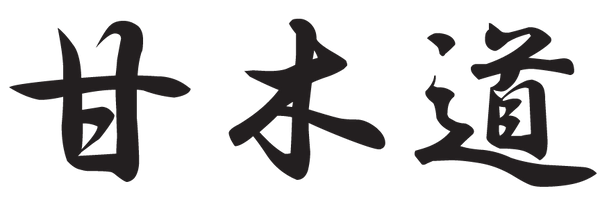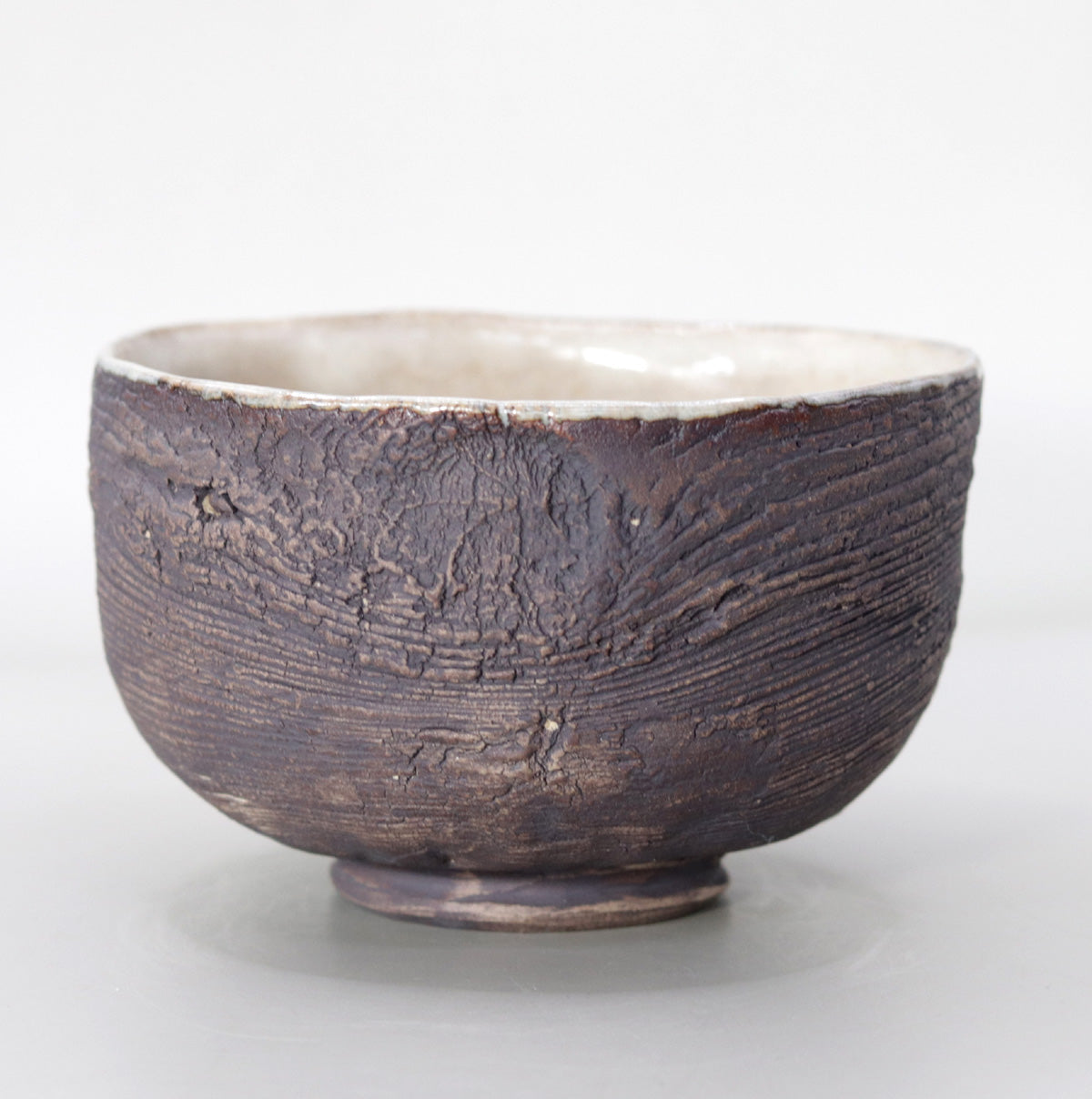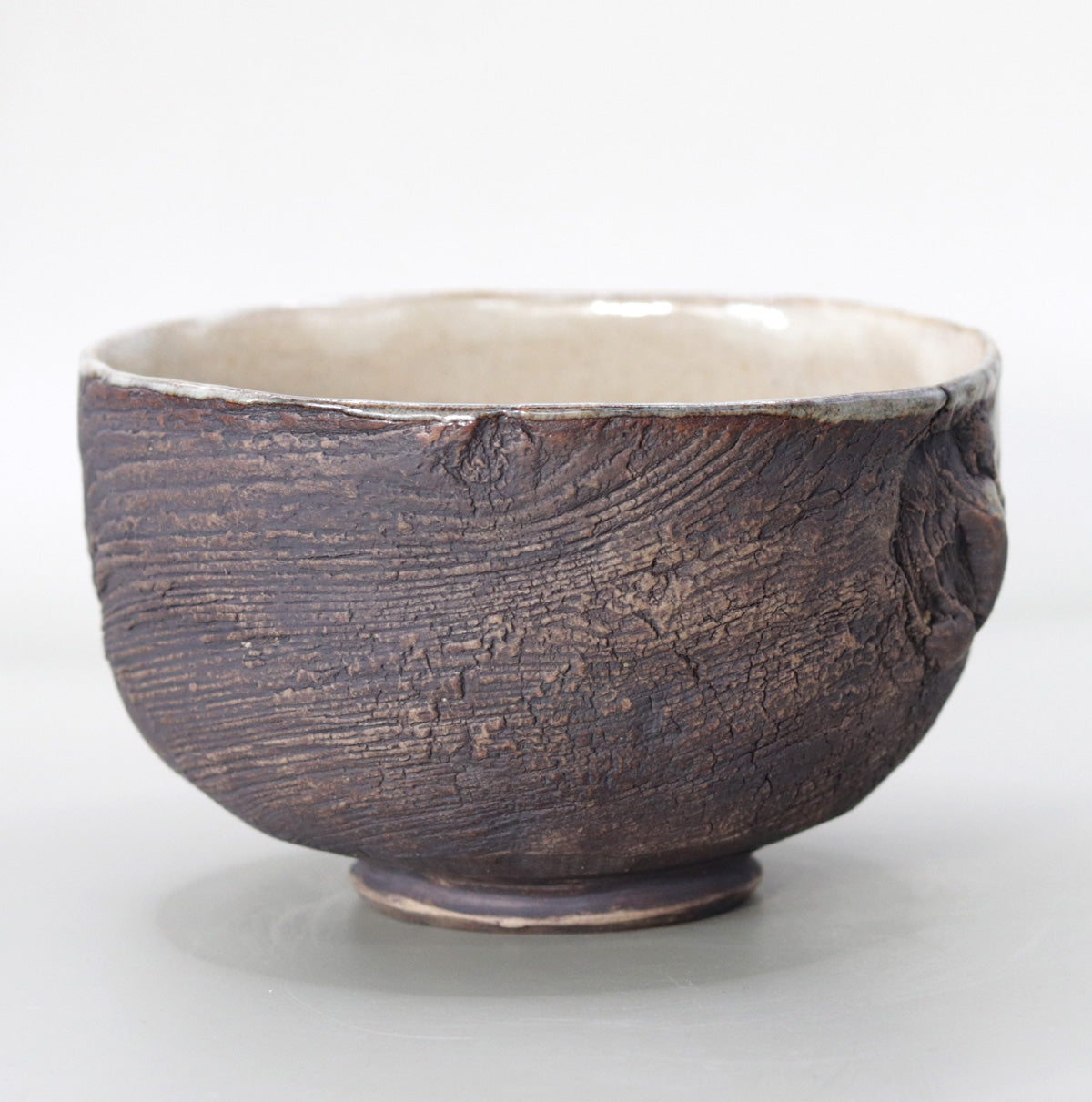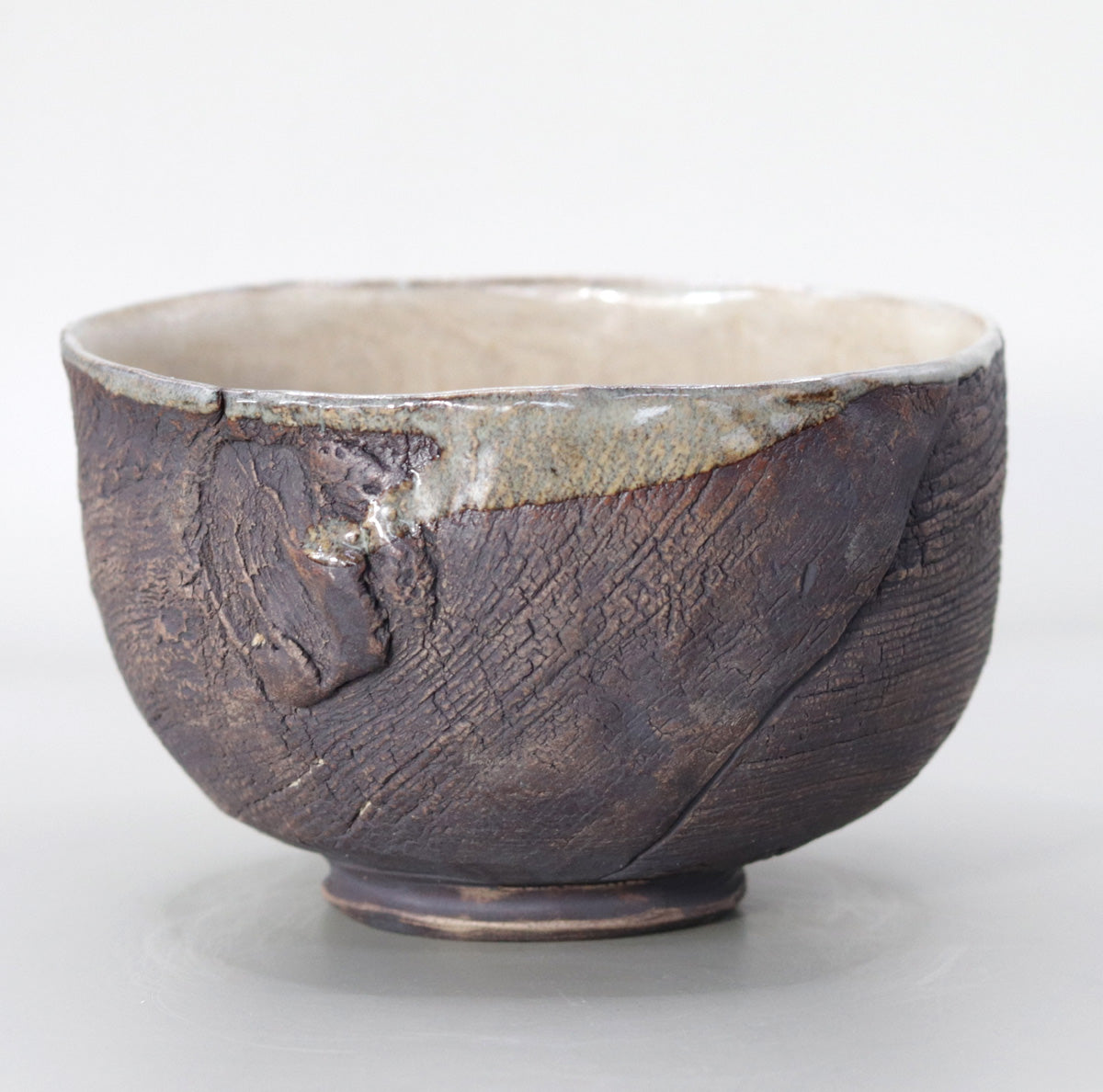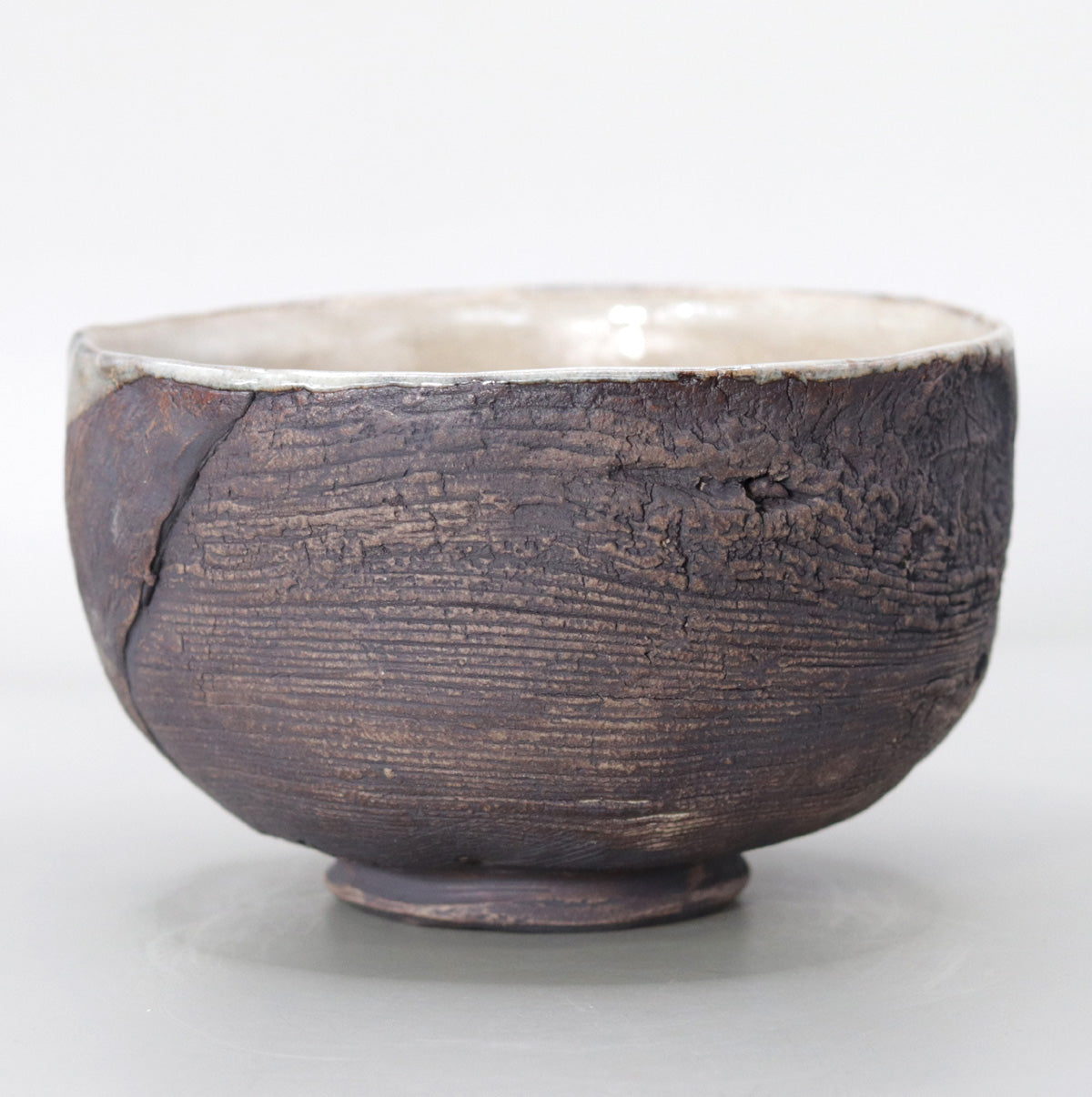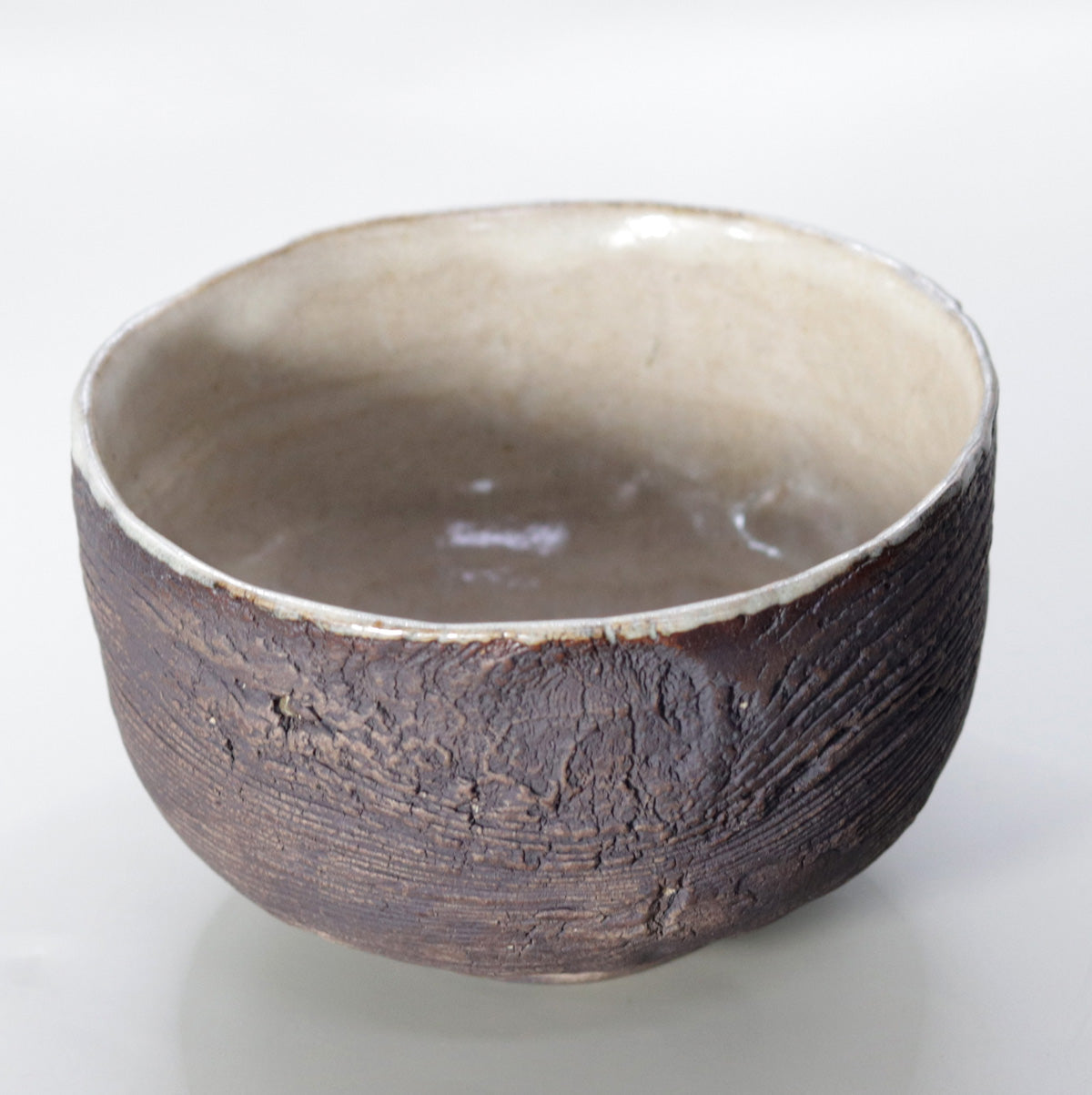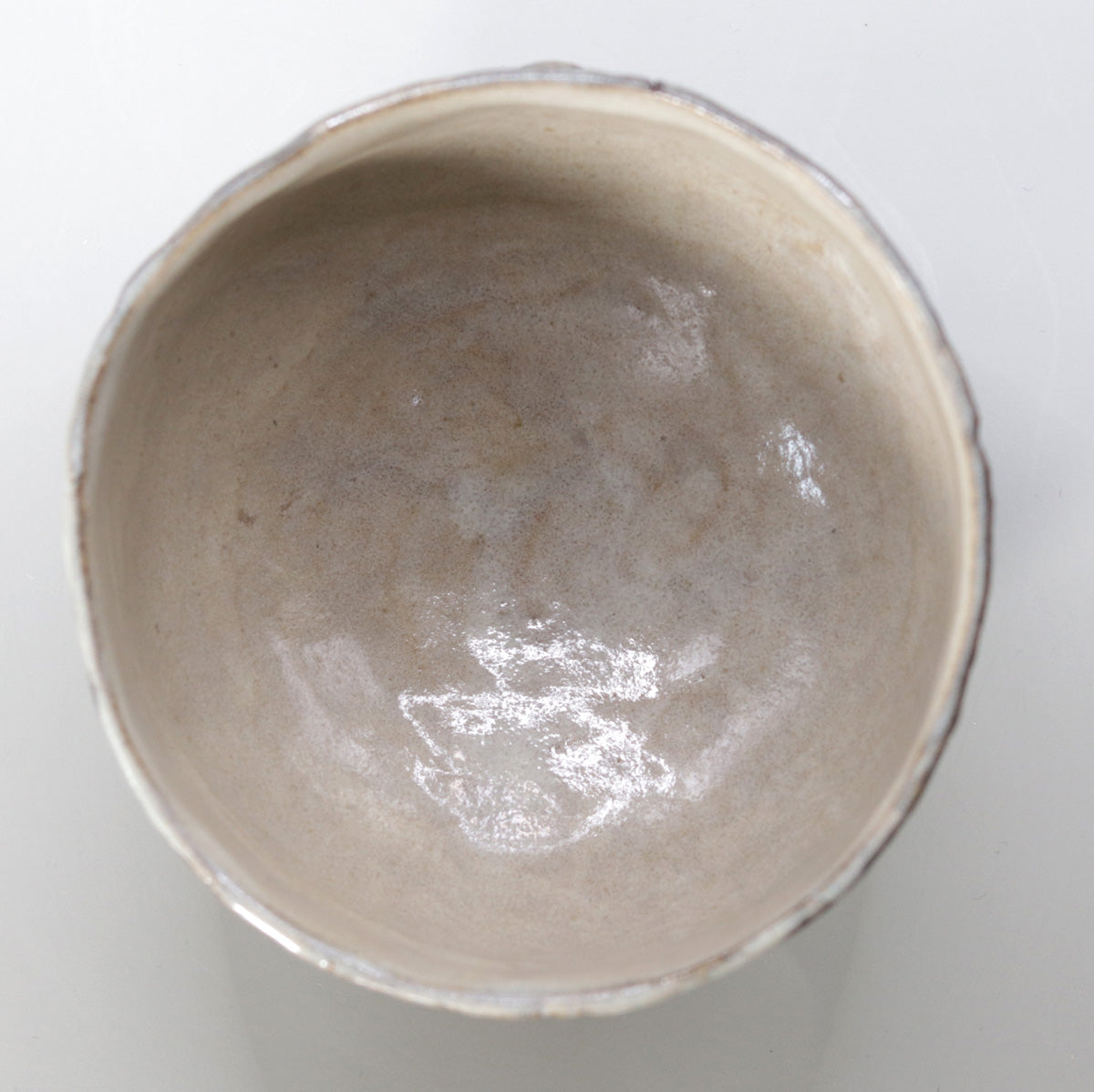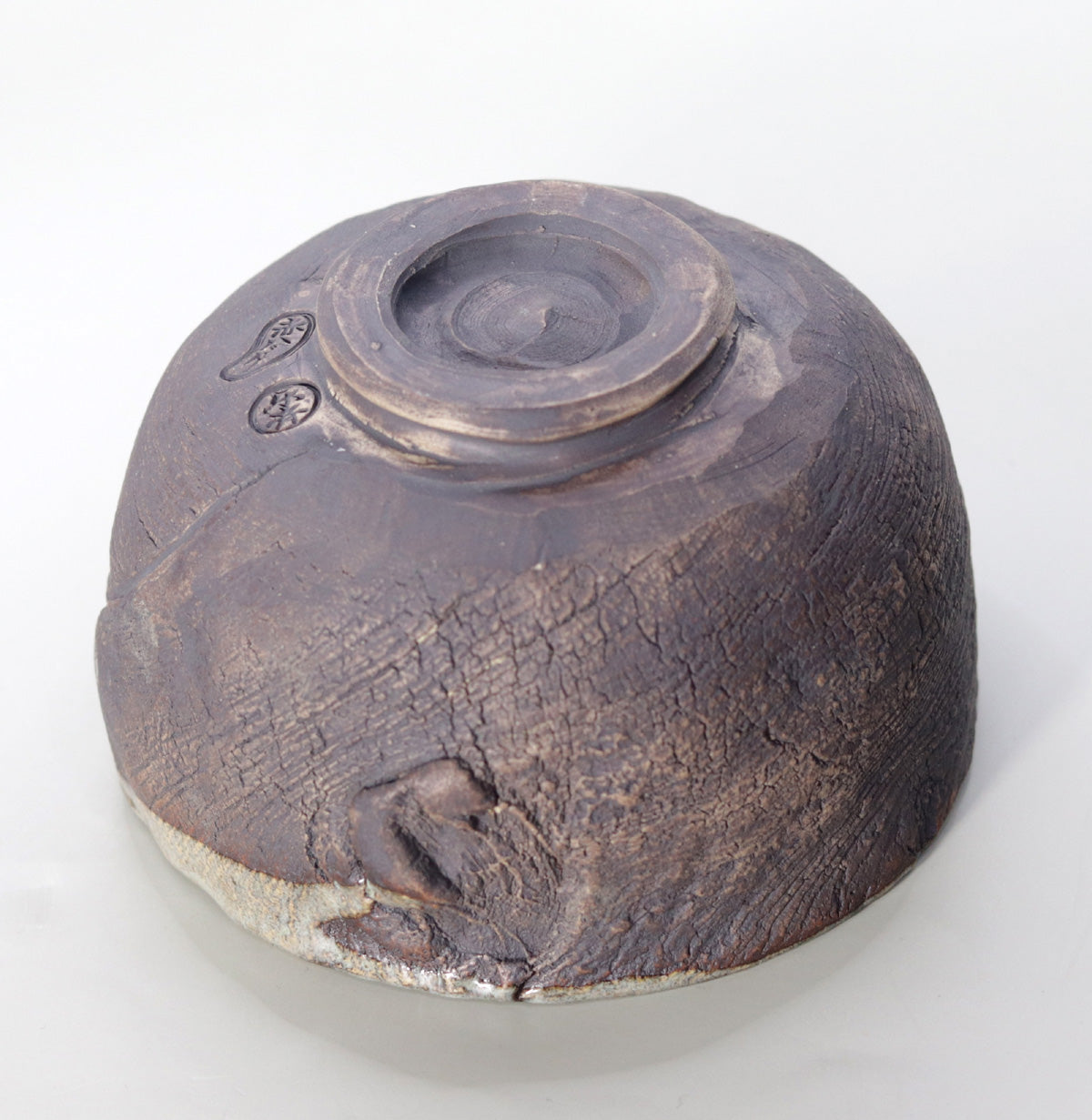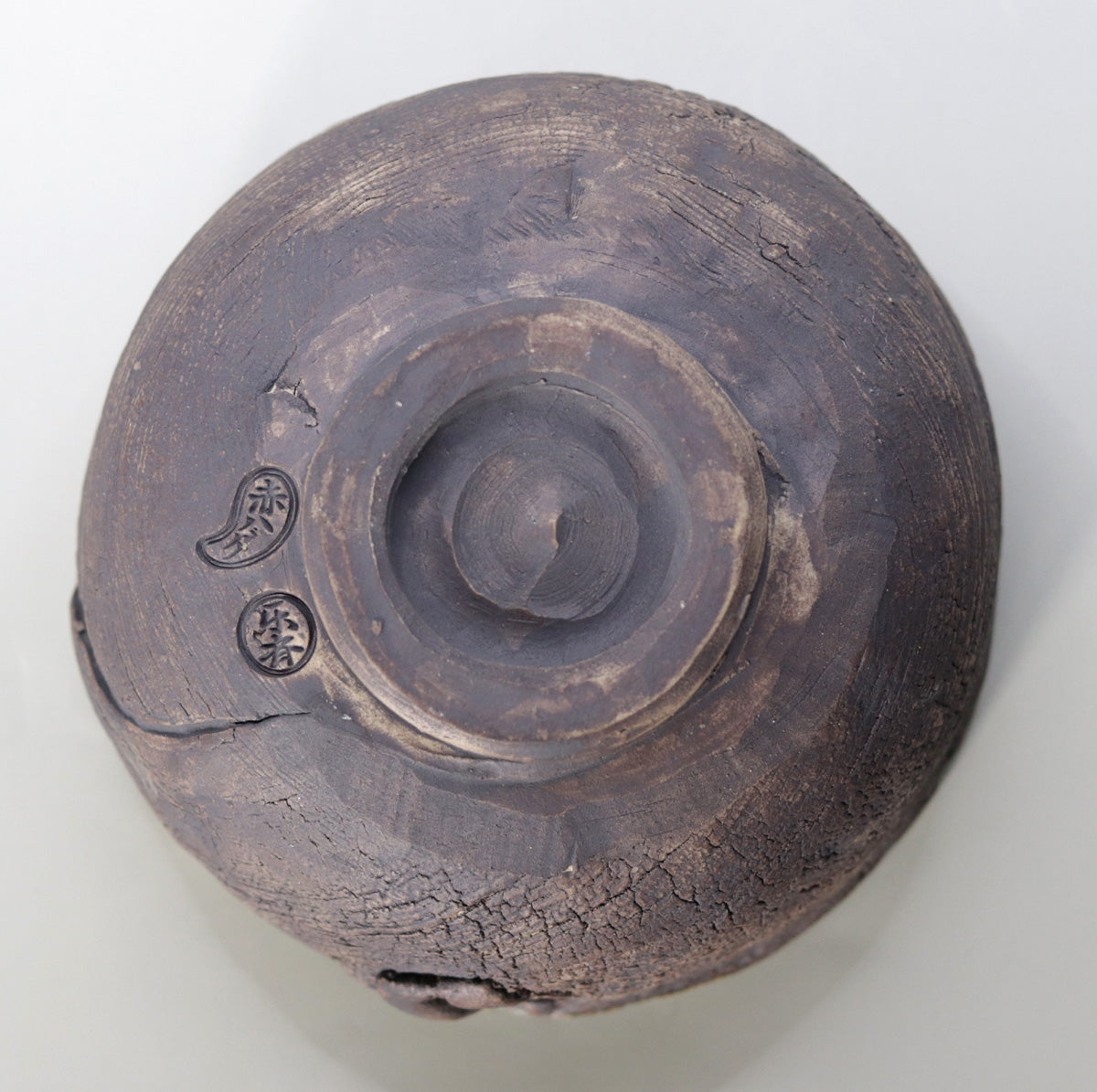Iron-glazed wood grain tea bowl by Rakusai Onishi
Iron-glazed wood grain tea bowl by Rakusai Onishi
Couldn't load pickup availability
Width: 12.7cm Height: 8.1cm
This work by Onishi Rakusai features a deep-fired iron glaze and a wood grain pattern reminiscent of tree rings, creating a bowl that brings to the tea ceremony a primordial scene of earth and fire. The texture, which celebrates both wildness and tranquility, can be said to be a modern sublimation of the wabi spirit. Below, we will explain its appeal from five perspectives.
1. Beauty of form - A neat form with a quiet undulation
The slightly oval rim and high, rounded body maintain the soft sway that is characteristic of hand-formed teapots, while tapering gently towards the tip. The base is trimmed small and the overall center of gravity is kept low, giving the tea a sense of stability and quiet tension when held in the hand. The teacup drains well when the whisk is held in the cup, and the balance naturally matches the movements of the tea ceremony.
2. Glaze tone and texture - The synergy between iron glaze and wood grain
The depth of the iron glaze <br data-start="410" data-end="413">The iron glaze that covers the outside shows multi-layered coloring that changes from reddish black to inky black, and the subtle luster caused by kiln transformation makes it sparkle like stars at night. The high iron oxide content and the slightly reducing firing at a high fire temperature give it a deep metallic color.
Creating the wood grain pattern <br data-start="533" data-end="536">Rather than transferring the "rope pattern" by wrapping a rope around the base material, the wood grain is created by deliberately scraping and spatula marks, and then reducing firing to add light and dark iron. The way the natural tree rings emerge gives the impression that the fire has regenerated the "wood in the earth."
Contrasting Interior <br data-start="677" data-end="680">The inside is coated with a milky white glaze, and the pale gray-white mirror surface brings out the pure green of the matcha. The contrast between the rough exterior and the fresh interior visualizes the beauty of "yin and yang" that the tea ceremony seeks.
3. Techniques - How to use iron clay and the secrets of firing
Onishi Rakusai chose rough clay that contains a lot of iron, and used a hammering method instead of a potter's wheel to strongly tighten the base. After molding, the surface is smoothed and scraped while it is still half dry during the drying stage, leaving small irregularities to create a topography where the glaze can easily accumulate in certain areas.
The firing process switches between reduction and oxidation in stages, and the pieces are placed close to the fire to emphasize the flow of the flames. The iron on the fired surface dissolves and oxidizes, taking on nuances of charring and silvering, resulting in a more three-dimensional look that highlights the wood grain.
4. Functional beauty at the tea ceremony
Looks great with matcha <br data-start="1037" data-end="1040">The pale white glaze on the inside evens out the bubbles on the surface of the matcha, while reflecting the green like pale snow. The deep iron color on the outside gently transfers the heat from your hands, making it perfect for warm tea in the winter.
Pleasure of the senses <br data-start="1129" data-end="1132">The grain-like ridges provide subtle resistance to the fingertips, and the roughness left in the hand directly conveys the texture of the earth. After guests have finished drinking their tea, they can relive the ``memories of earth and fire'' by caressing the vessel.
5. Aesthetic Sense and Historical Background
While taking inspiration from the Momoyama period Kuroraku and the earthen landscapes of Iga and Shigaraki, what makes this work unique is that it focuses on the theme of wood grain. Wood grain symbolizes the "unrestricted nature" of Zen, and is connected to the "appearance of natural objects" that has been pursued by wabi tea since Sen no Rikyu. By deliberately minimizing decorative elements and foregrounding the patterns drawn by the clay itself, Onishi Rakusai has redefined wabi for the modern era.
The deep layering of the iron glaze and the undulating wood grain pattern make it seem as if the time that a tree has taken hundreds of years is sealed away in a single bowl. When you hold it in your hand, the roughness of the exterior and the serenity of the interior resonate with each other, resonating with the breath and heartbeat of the drinker.
If this piece is used at a tea ceremony, the five elements of earth, wood, fire, water, and wind will be instantly balanced, and guests will naturally focus their attention on the "here and now." Onishi Rakusai's iron-glazed wood grain tea bowl can be said to be a masterpiece that quietly embodies the essence of the tea ceremony: "seeing the universe in a single bowl."
Share
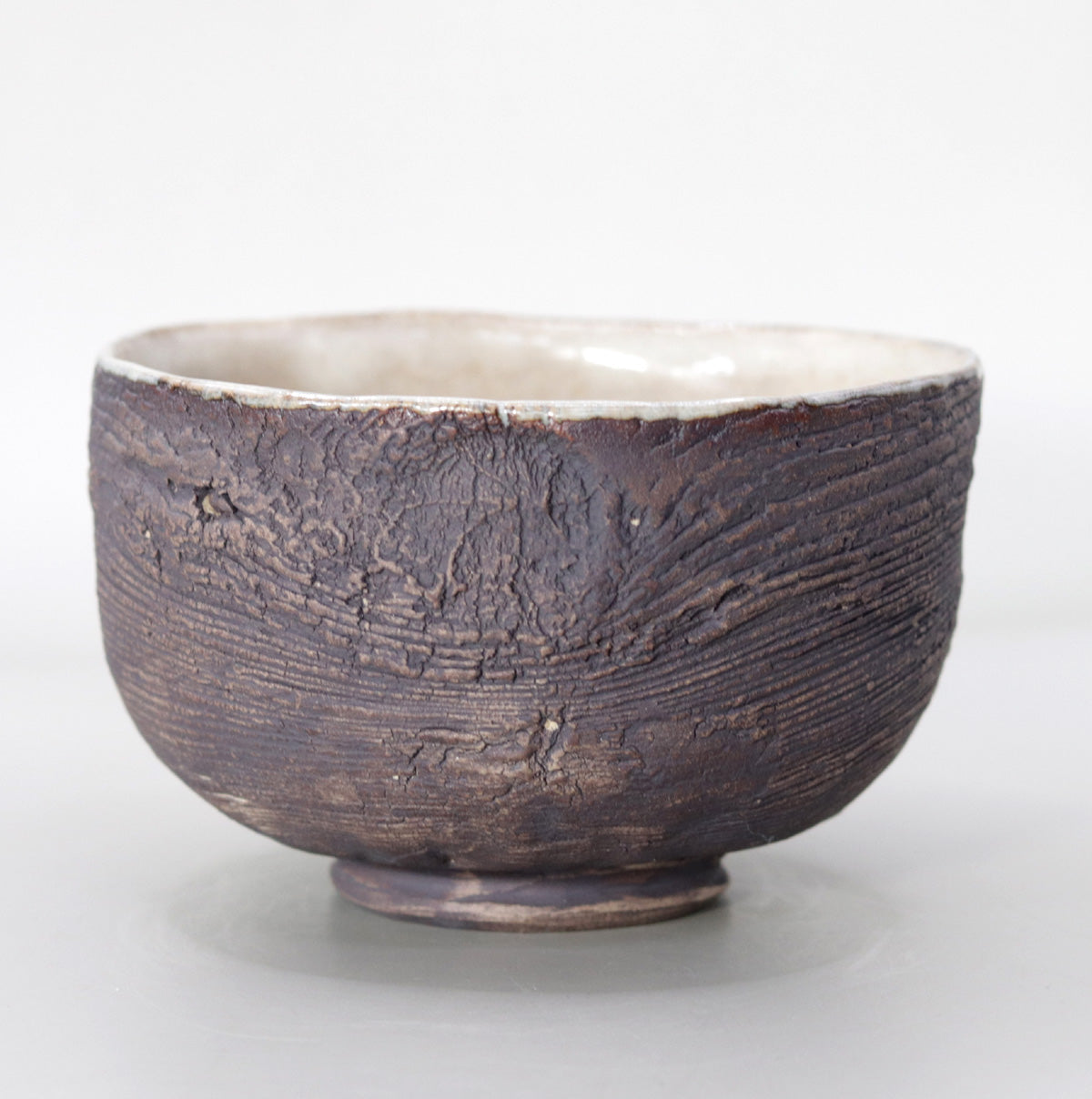
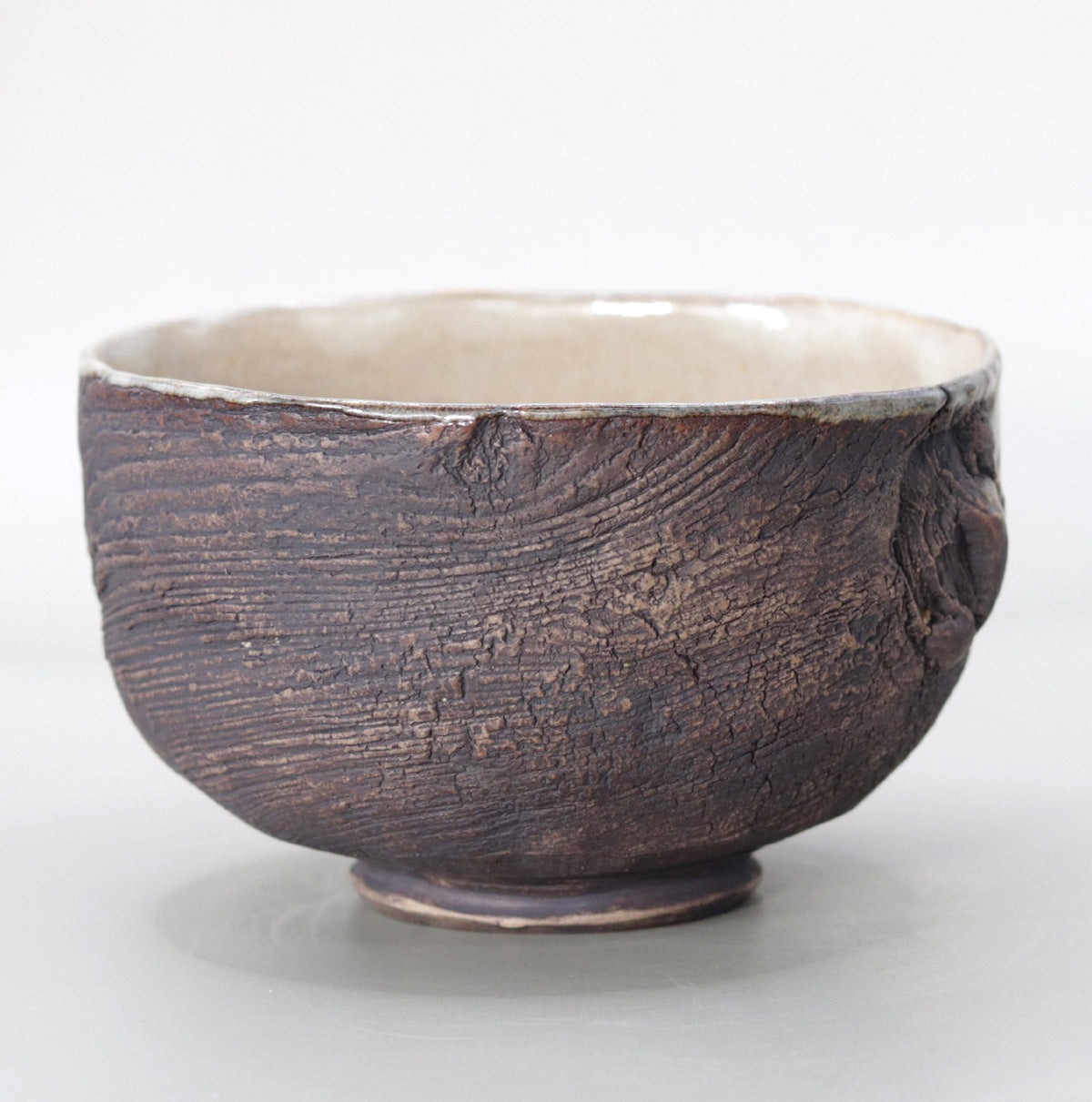
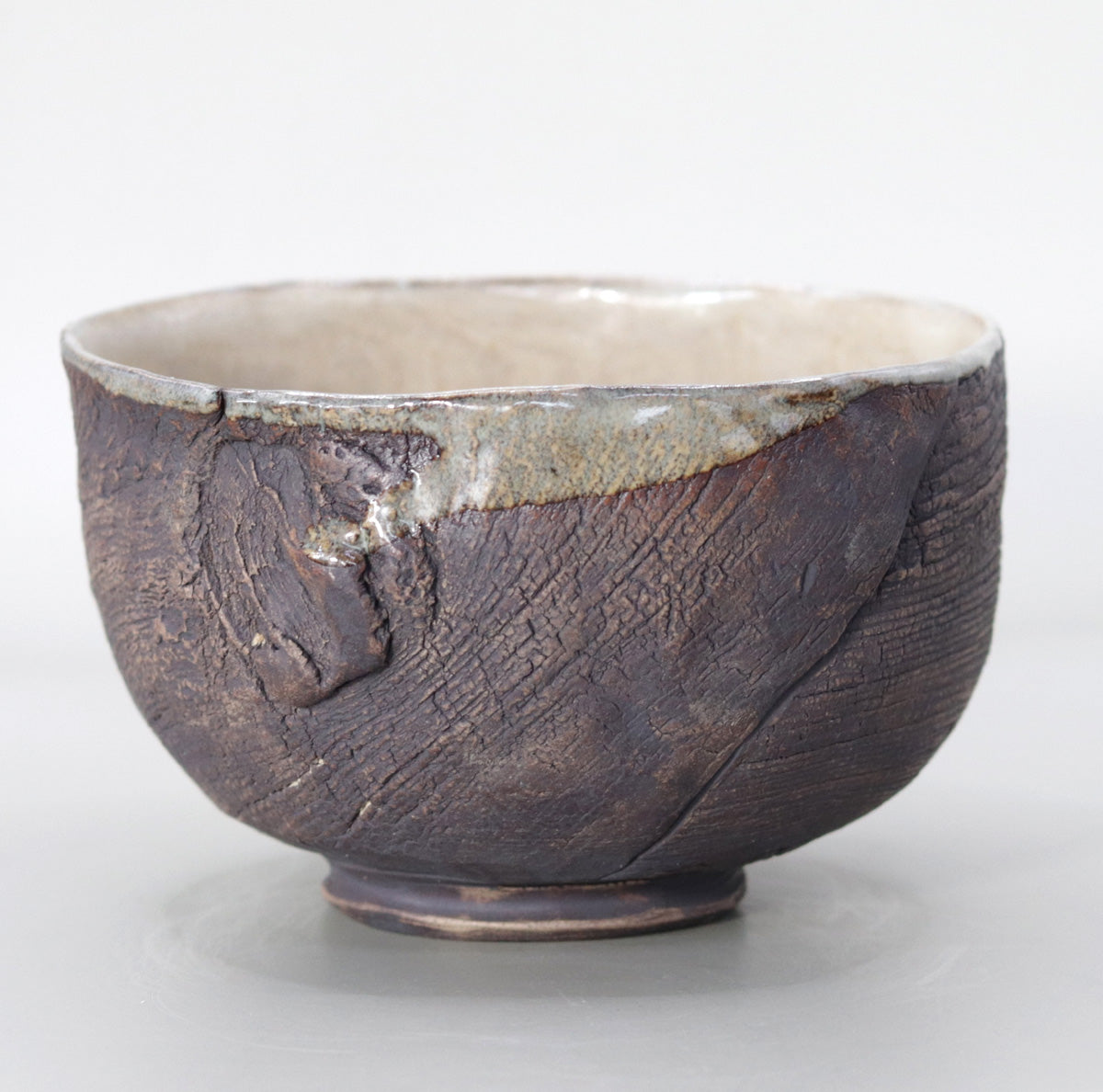
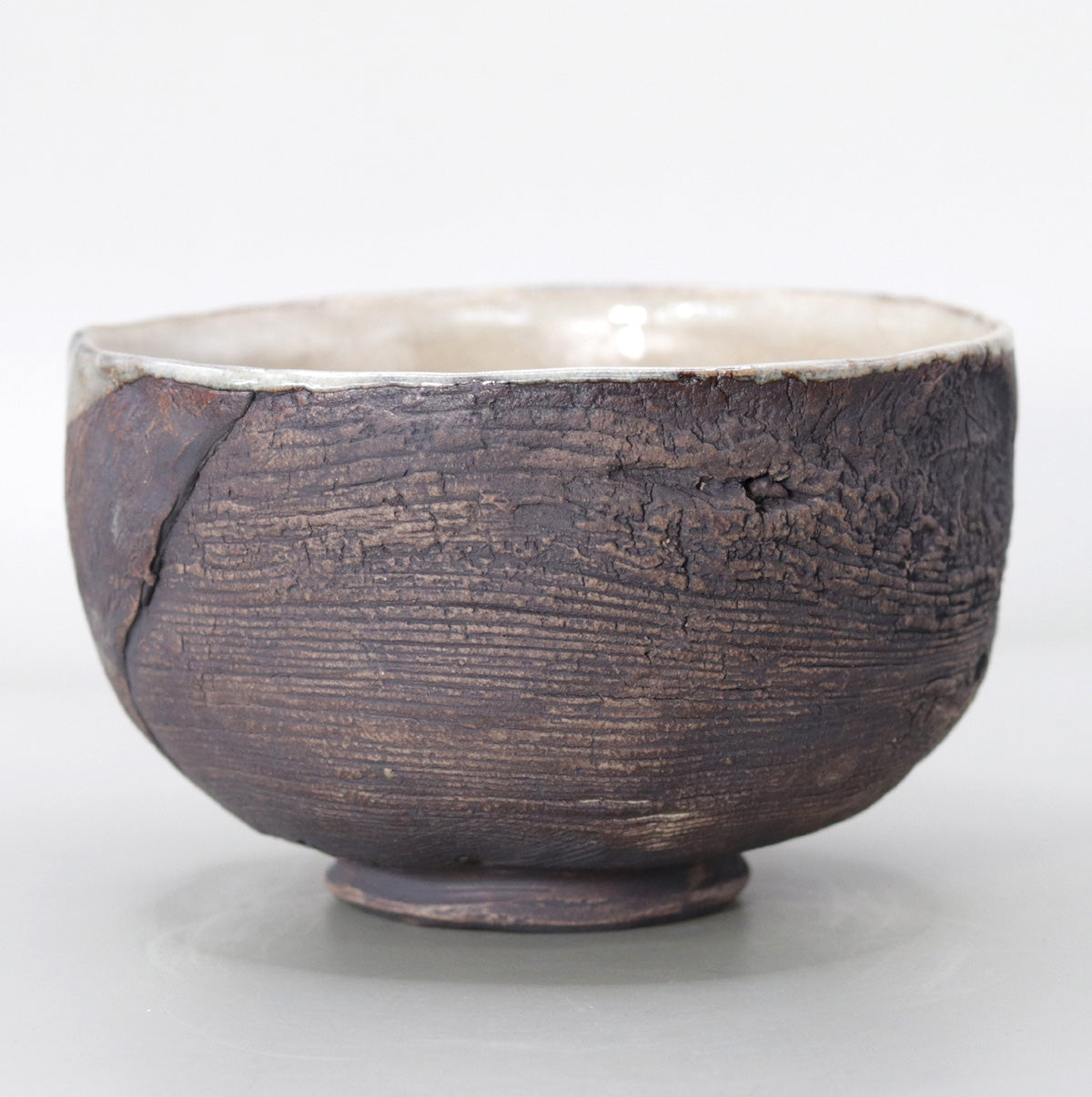
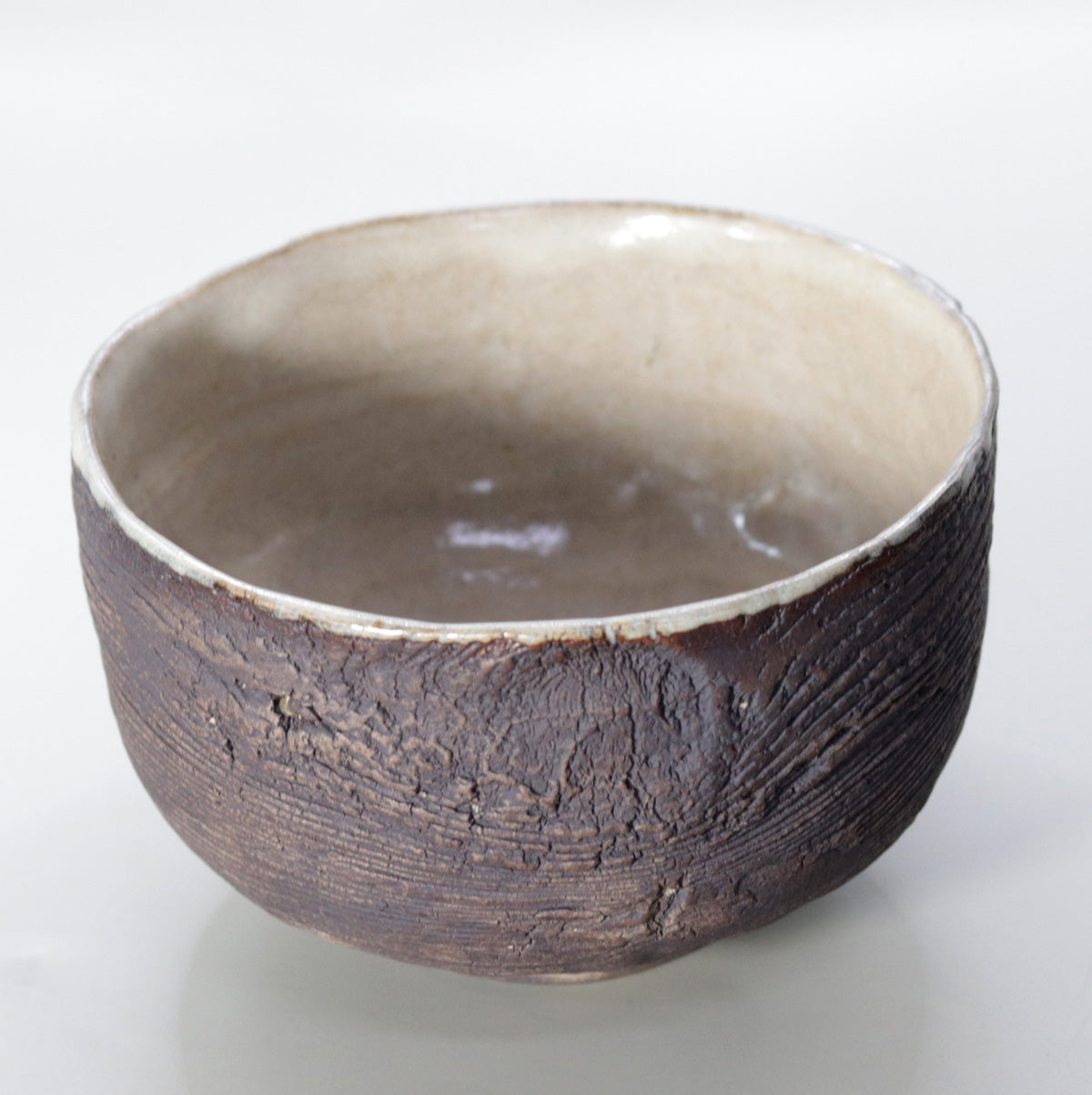
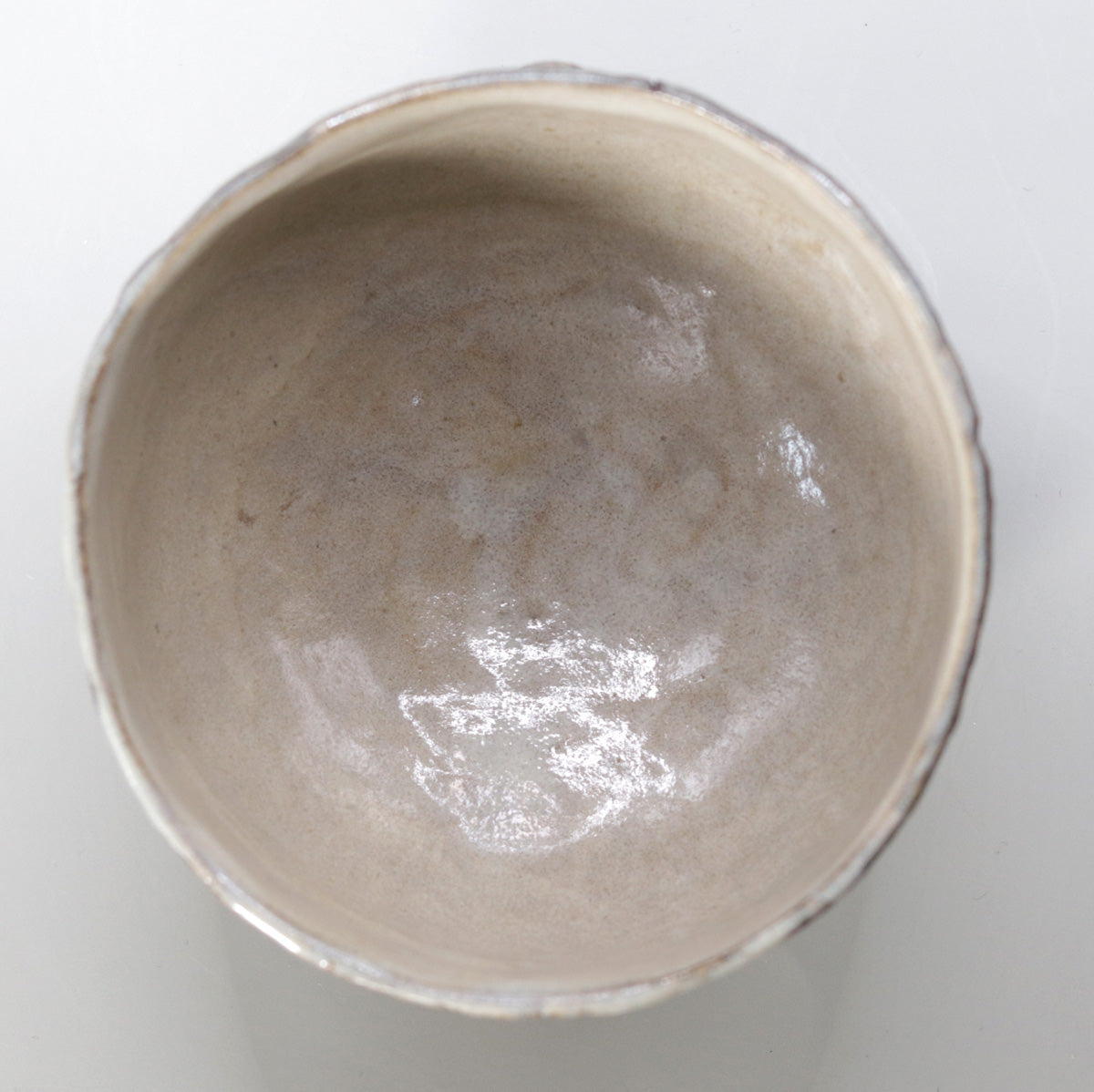
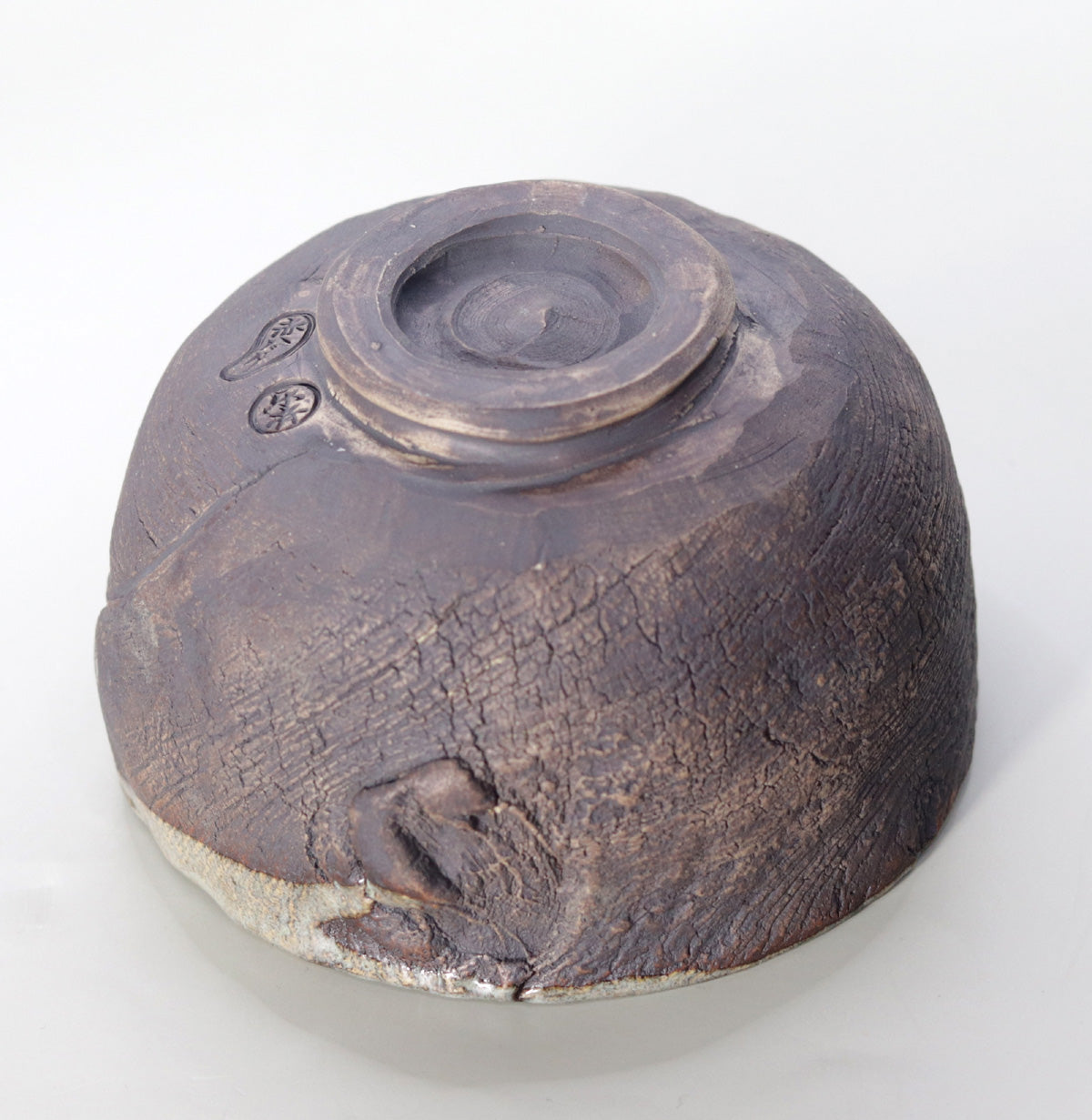
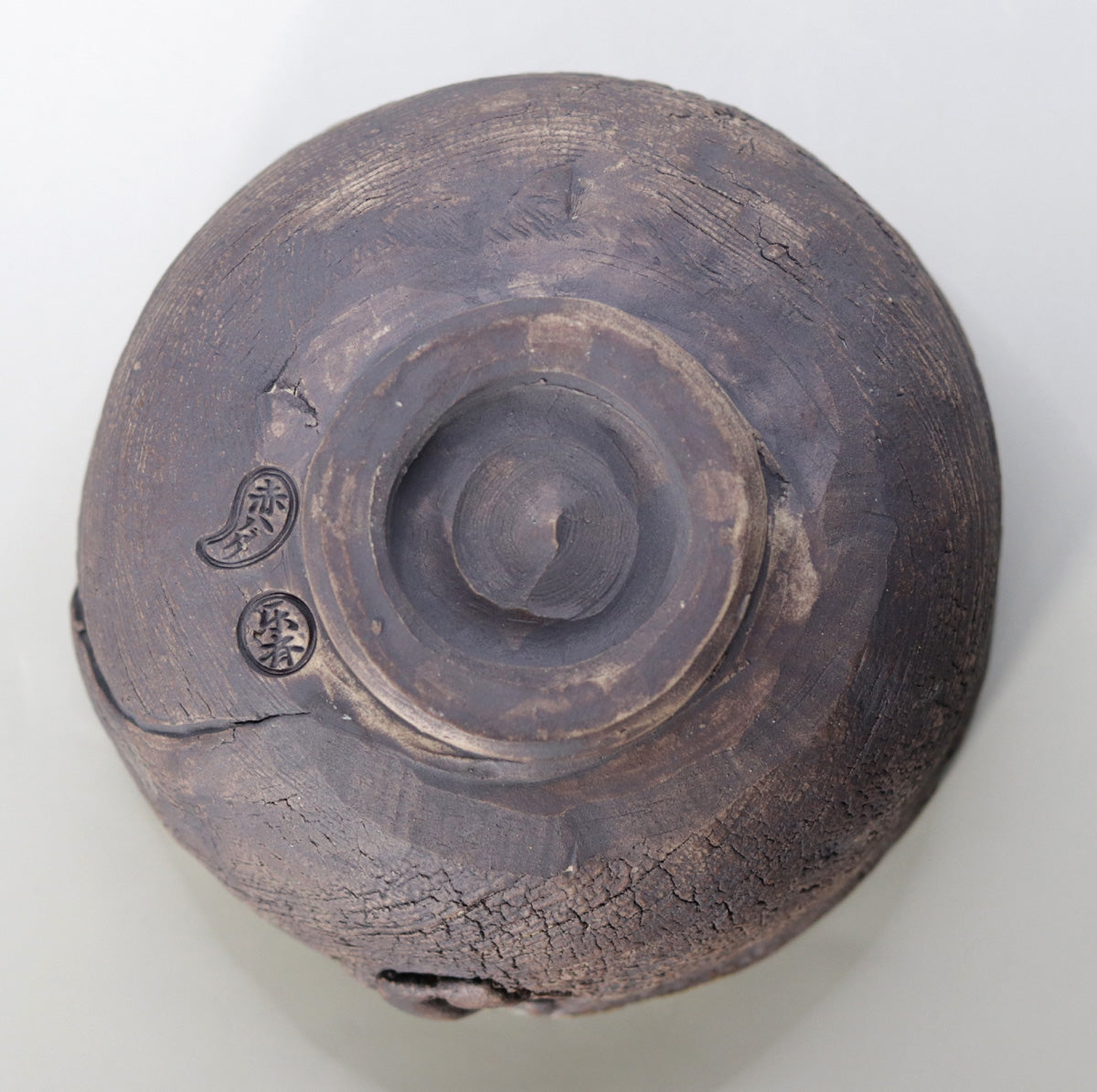
Multi-Column
-
[I will send it to you quickly and carefully]
We carefully package each product in a way that suits it best.
Also, delivery times vary depending on the piece (vessel, etc.).
Items that already come with a box will be shipped within 1-3 days of the order date.
For items that require a box to be made after your order, it will take approximately 30 days for production to be completed and then shipped.
In either case, once we have confirmed your order, we will contact you by email to inform you of the delivery date.
-
[Requests when purchasing pottery]
Even products that look the same may differ slightly in color, shape, size, etc.
The way the glaze is used, the power of the kiln, the firing method, the season, and the humidity also affect the appearance of the pottery.
Please understand the individuality of each piece of pottery and enjoy the unique warmth of handmade.
